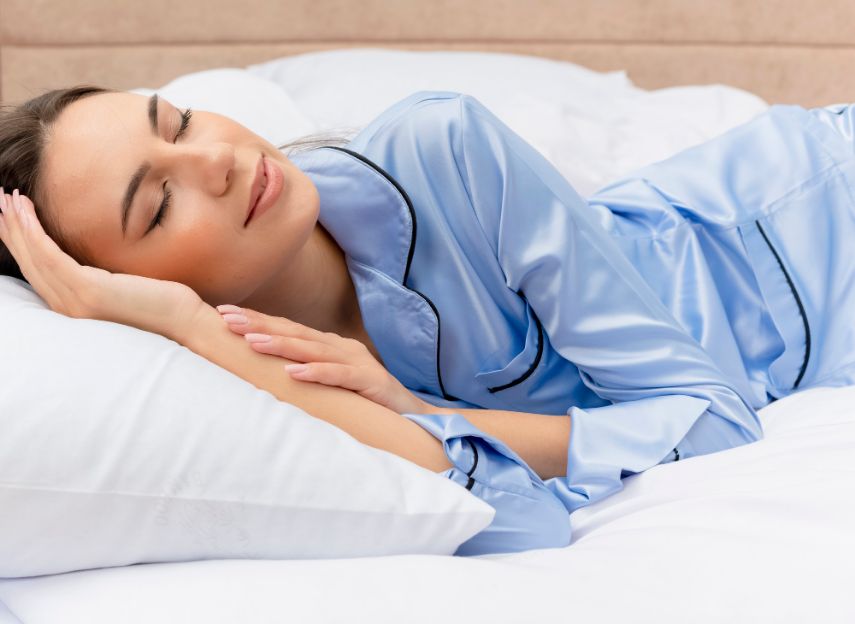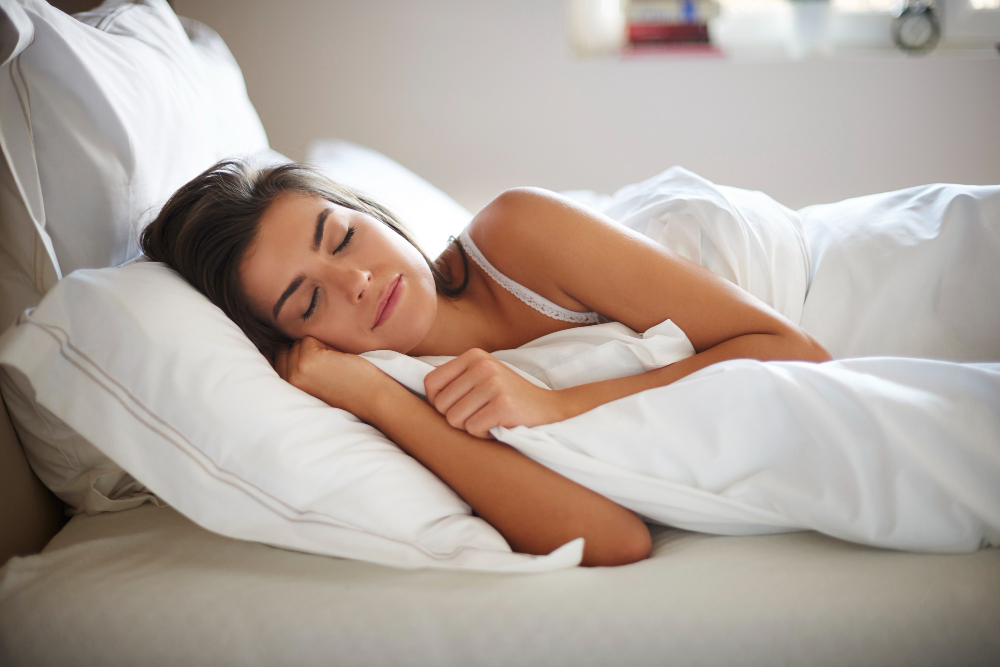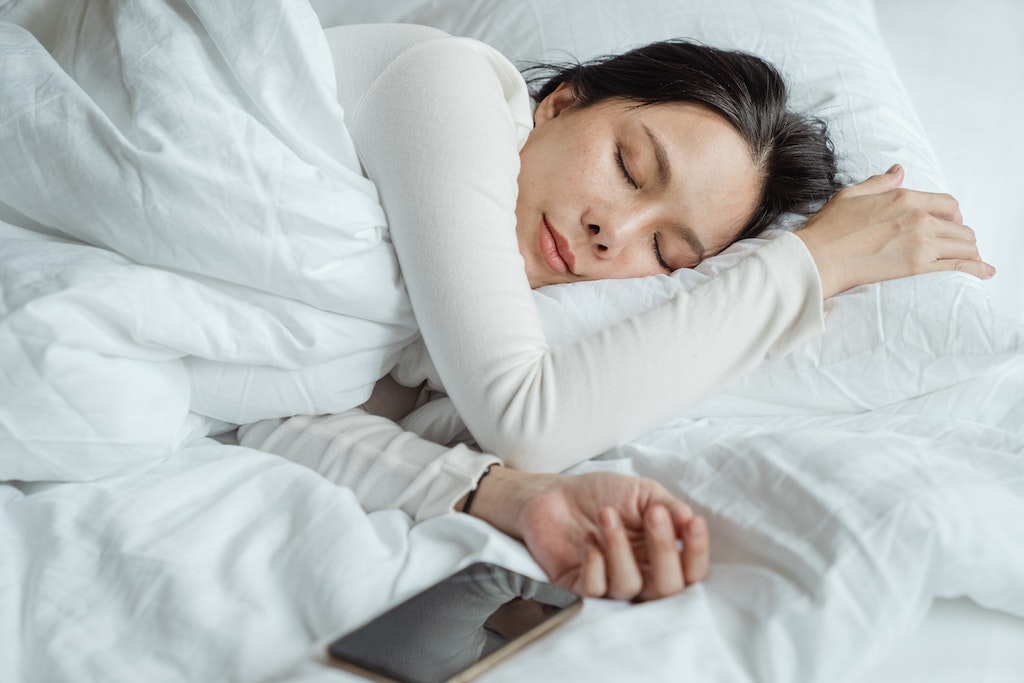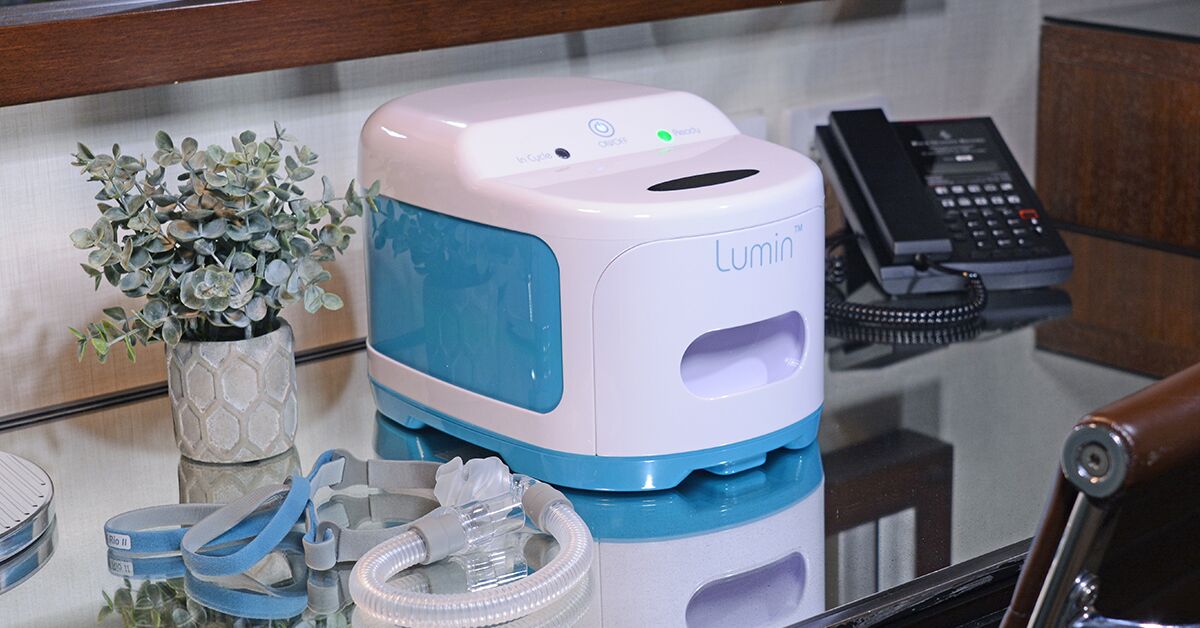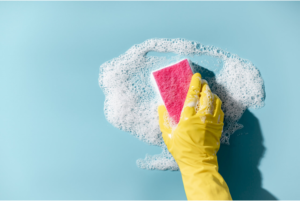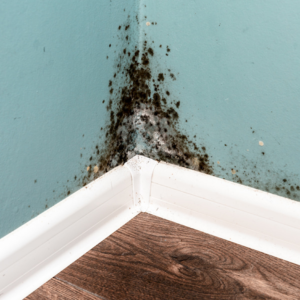Are you facing sleep apnea and need a CPAP pillow mask to get proper sleep? If so, you need the right CPAP pillow to help you get comfortable sleep throughout the night. These pillows come with well-contoured cut-outs to ensure your mask is in the right place without digging into your face or leaking air.
Thanks to these CPAP pillows, you can easily support your neck, head, and shoulders while letting yourself sleep without any inconvenience. In this blog, we’ll share with you the best CPAP pillows to help you get a peaceful and comfy sleep.
What Is A CPAP Pillow?
Continuous positive airway pressure (CPAP) is a measure for helping patients with sleep apnea. With a CPAP mask, one can freely breathe while preventing dry mouth, eyes, and nose, as well as snoring. However, people need a special CPAP pillow featuring contoured cut-outs on the sides or corners to accommodate the CPAP mask. It enables users to comfortably sleep all night long.
Do CPAP Pillows Really Work?
Yes! CPAP pillows are perfect for individuals who make use of CPAP machines to treat sleep apnea. They come with distinct contours and shapes, which offer better comfort and alignment when wearing a CPAP mask. Redistributing pressure around the face and head, these pillows prevent air leakage and discomfort while wearing a mask.
Thanks to side cut-outs, they make sure the CPAP hose remains well-connected without any airflow interruption and obstruction. With the help of CPAP pillows, one can reduce mask displacement while sleeping and also promote constant delivery of pressurized air to the nasal airways. Since these pillows are made of hypoallergenic materials, they prevent the risk of allergic reactions while being soft against the skin.
Best CPAP Pillows for Peaceful Sleep in 2024
Here are the three best CPAP pillows to enhance your sleep:
Contour CPAPMax Plush Comfort Pillow with 2-in-1 Cooling
It is a three-layered, 2-in-1 Contour CPAP pillow that boasts two options to sleep peacefully at night. One can even flip it for high-resilience, supportive memory foam for adapting your shape. Thanks to the integrated charcoal-infused layer, this CPAP pillow keeps CPAP clean for a long time.
Pros:
- Orthopedic alignment.
- Adjustable pillow height.
- Integrated extended hose tether.
- Comes with pressure-free zones to eliminate mask shifting and bumping.
- Boasts a hypoallergenic and washable cover.
Cons:
- Edges may feel a little uncomfortable to certain people.
- Initially it has a peculiar smell.
Contour CPAP Pillow 2.0
Made with high-resilience medical-grade foam, Contour CPAP Pillow 2.0 offers comfortable spinal alignment for stomach, side, and back sleepers. It comes with a concave center support with a reinforced edge to support your head while preventing the pillow from sliding. Furthermore, it comes with a hose tether opening to prevent the tangling of CPAP tubes.
Pros:
- Pressure-free side cut-outs.
- Suitable for almost all sleeping positions.
- Works with all types of masks.
- Custom ear depressions.
Cons:
- For some, pillow covers may be difficult to remove.
- It is not quite firm for certain people.
Remrest CPAP Pillow
This particular CPAP pillow boasts medium-soft memory foam, which enables you to lay down flat on a pillow. Its sink-in design, tubing hose, nasal mask, and facial mask fit comfortably on a pillow without digging into the skin. Thanks to its low profile, you can comfortably sleep on your stomach without putting stress on your back or neck.
Pros:
- Durable zipper.
- Machine-washable cover.
- Prevents air leaks.
- Ideal for sensitive skin.
Cons:
- Not lightweight.
- May be slightly smaller than expected for some.
How To Pick The Right CPAP Pillow?
Check out the given points to pick the right CPAP pillow:
Adjustable height:
You need to find a CPAP pillow with removable inserts with adjustable height. Hence, you can sleep in your desired position without putting a strain on your shoulders and neck.
Material:
Pick a CPAP pillow made of memory foam to ensure it contours your mask and face for a pleasant sleep at night. The chosen material needs to be hypoallergenic, breathable and has a cooling effect for preventing sweating in summer.
Machine-washable:
Choose a CPAP pillow with a machine-washable cover to prevent the hassle of manual cleaning.
Additional features:
Seek other additional features, like moldability, hose tethers, pressure-free side cut-outs, and a dimple in the center for a peaceful sleep.
Conclusion:
No matter which sleep position you prefer, there is a perfect CPAP pillow out there as per your needs. Besides that, you need to consider keeping your CPAP clean using advanced Lumin multi purpose sanitiser. With this portable sanitiser, cleaning CPAP machine accessories, like masks, hoses, etc. becomes easier than ever before. When your device is clean, you can use it for a longer duration with the right CPAP pillow. Hence, you can enjoy a peaceful sleep away from germs with regular use.

